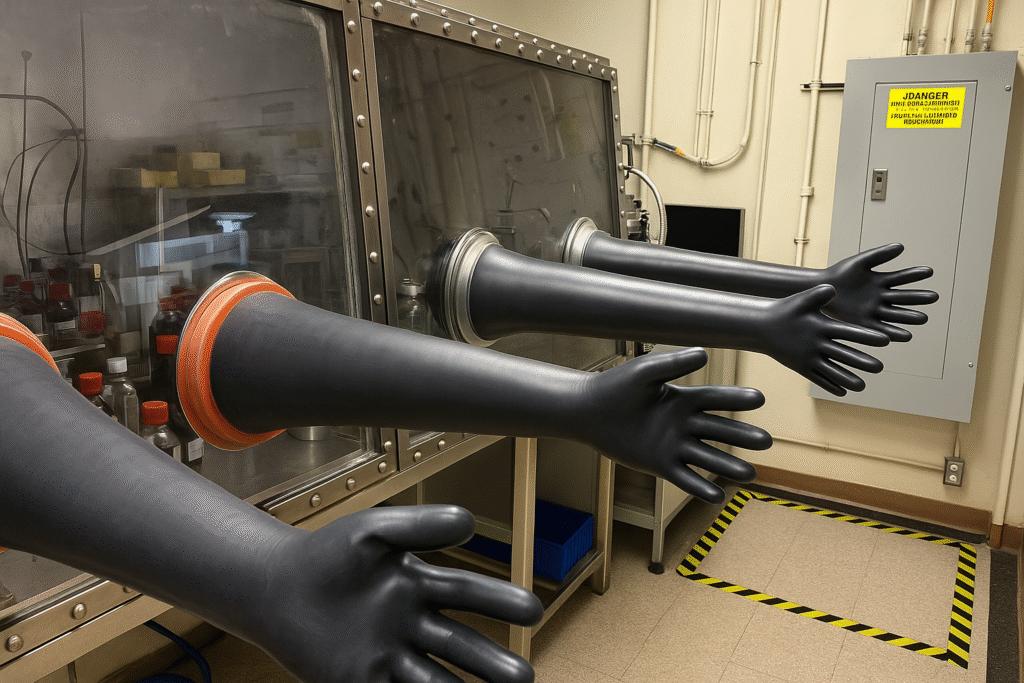Imagine charging your electric vehicle while you grab a quick cup of coffee—and it’s already 80% charged by the time you’re done. Sounds futuristic? Well, the future has just arrived, and it’s made in India!
In a groundbreaking development, scientists at the Jawaharlal Nehru Centre for Advanced Scientific Research (JNCASR), Bengaluru, have unveiled a new sodium-ion battery that can charge up to 80% in just six minutes. Yes, you read that right—only six minutes! And what’s even more impressive is that these batteries can last over 3,000 charge cycles, making them not only fast but also highly durable.

This innovation holds immense promise, especially in a world hungry for sustainable and affordable energy solutions. Unlike lithium—which is expensive, imported, and resource-limited—sodium is abundant and available locally in India. By replacing lithium with sodium, these batteries dramatically cut costs and reduce dependence on foreign resources.
But the benefits don’t stop there. The sodium-ion batteries are designed for a wide range of uses: from powering electric vehicles (EVs) and drones to supporting solar energy grids and enabling rural electrification. Fast-charging and long-lasting, these batteries could help millions in remote villages access electricity for the first time, all while supporting India’s green energy goals.
What makes this even more inspiring is that this innovation has emerged from within the country—by Indian researchers, for Indian needs, using Indian resources. It’s not just a technological advancement; it’s a symbol of self-reliance, or Aatmanirbharta, in the truest sense.

This leap in energy storage technology might just be the push India needs to lead the global clean energy race. As the world searches for alternatives to lithium and fossil fuels, India has lit the way forward—with a battery that charges in six minutes and promises to change lives for decades to come.
So, the next time someone tells you innovation only comes from Silicon Valley, just smile and say, “Ever heard of Bengaluru?”
